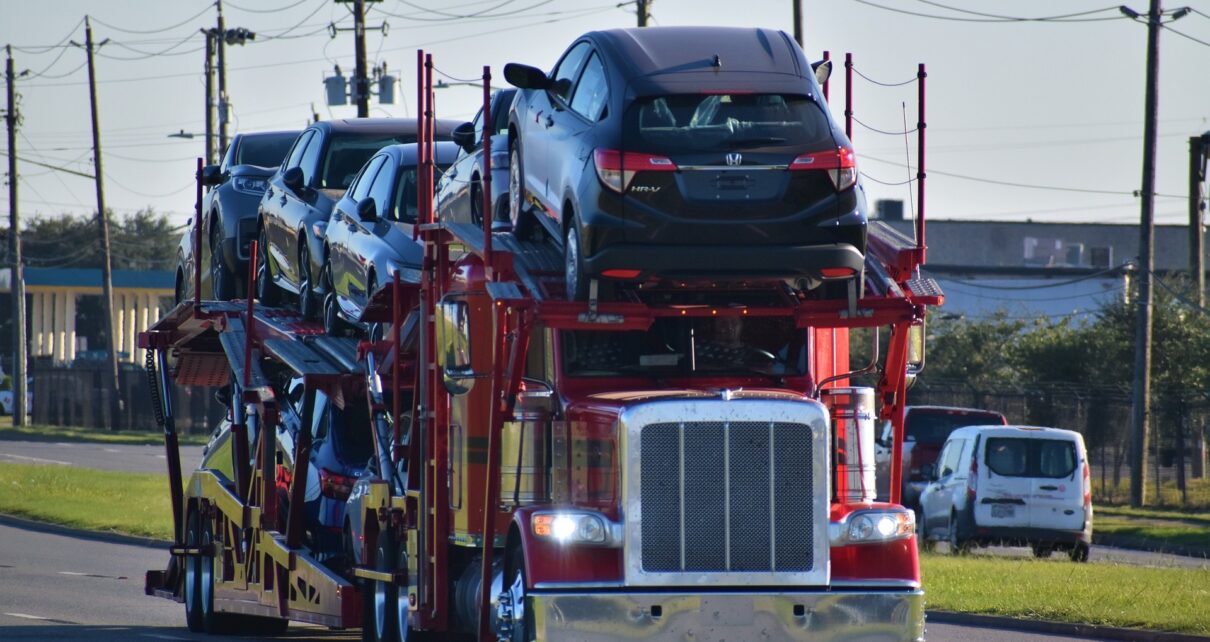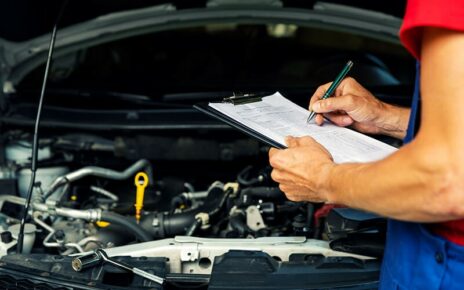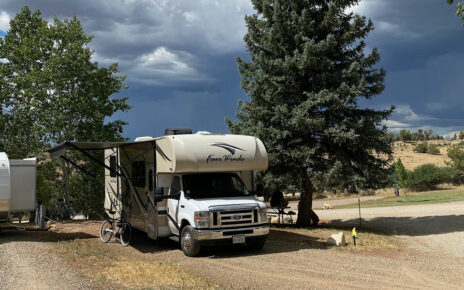Professional towing services have processes and equipment in place to ensure your vehicle is transported safely and efficiently to its destination. The first step in safe towing begins with the driver. Reputable companies require extensive training and certification for all their tow truck operators. Drivers must have a valid commercial driver’s license (CDL) with proper endorsements for operating a tow truck. They also undergo rigorous instruction on proper loading/unloading procedures, equipment operation, and defensive driving techniques. Certified training gives drivers the knowledge and skills for safe towing operations.
Equipment inspections and maintenance
Tow trucks contain specialized equipment like winches, pulleys, and wheel lifts to haul vehicles. Tow companies implement strict inspection and maintenance schedules to keep all equipment in proper working order. Standard practices include daily pre-trip inspections of the tow truck and equipment by drivers before each shift. Trucks also receive regular servicing and repairs as part of preventative maintenance. Functional, well-maintained equipment is essential for safe, efficient towing.
Secure load securement
Towing companies use a variety of methods for securing and stabilizing hauled vehicles. This includes chains, straps, wheel lifts, and wheel dollies. The specific securement tools depend on the type of truck and nature of the tow. However, the goal is always to ensure the towed vehicle remains stabilized and firmly attached to the truck throughout transport. This prevents damage or unsafe slipping/shifting of the load.
Precautions for difficult tows
Some tows require additional precautions and measures beyond standard operating procedures. For example, towing all-wheel or four-wheel drive vehicles involves disengaging drivetrains to avoid damage during hauling. Towing heavy commercial vehicles like buses requires supplementary equipment and multiple winch lines for stabilization. Difficult weather conditions like ice or heavy rain also warrant slower speeds and other precautions to maintain control. Experienced tow operators know when and how to apply additional measures for challenging towing jobs.
Specialized equipment
Reputable New York towing servicecompanies invest in specialized equipment for enhanced safety and efficiency. Some examples include:
- Flatbed tow trucks for hauling vehicles with transmission/drivetrain issues. They allow vehicles to be safely transported without operating the drive system.
- Wheel lift trucks can tow vehicles by gripping the tires. This allows towing without pulling the entire vehicle’s weight.
- Heavy-duty rotator tow trucks can lift larger vehicles and spin them 180 degrees for easier backward transport when necessary.
- Dolly wheels enable trucks to tow vehicles with missing or damaged wheels.
The right equipment for the towing job is vital for minimizing risks.
Communication and tracking
Throughout the towing process, companies maintain excellent communication and tracking with customers. Tow truck drivers provide frequent status updates during the route to the drop-off location. Company dispatchers also track the tow truck’s location and progress via GPS and other technology. This keeps customers informed while also monitoring the driver’s route and vitals for safety.
Driver safety policies
Responsible tow firms prioritize driver safety with policies limiting work hours and prohibiting drug/alcohol use. Drivers are required to maintain logbooks tracking hours worked. Planned routes also take efficiency and driver fatigue into account. These safety policies ensure drivers remain alert and focused while operating tow trucks.
Damage-free towing methods
Training teaches drivers proper loading/unloading methods to avoid vehicle damage. This includes using wheel lifts and dollies appropriately, securing slack on winch lines, and careful maneuvering. Companies are liable for damages caused by improper towing methods. Experienced operators know how to complete a tow without incident. With the right provider, you have confidence your vehicle will arrive securely at its destination despite your transportation emergency.





